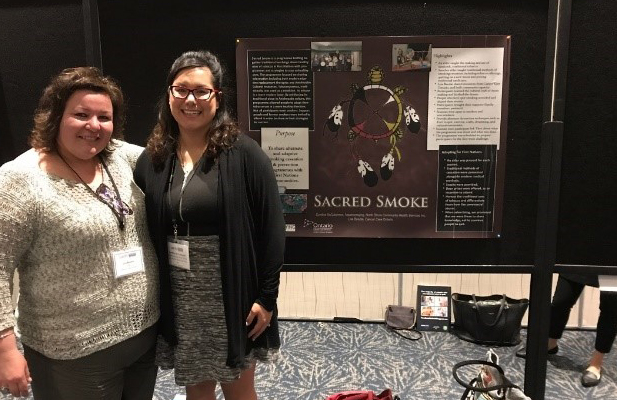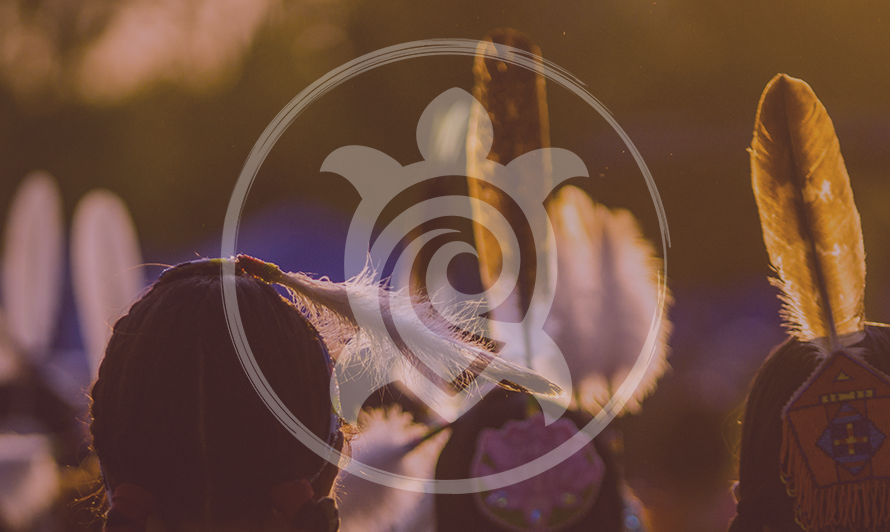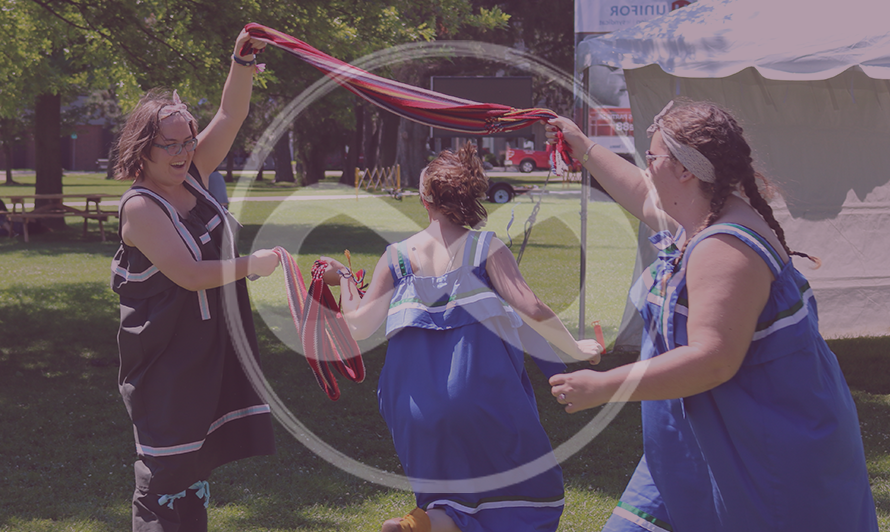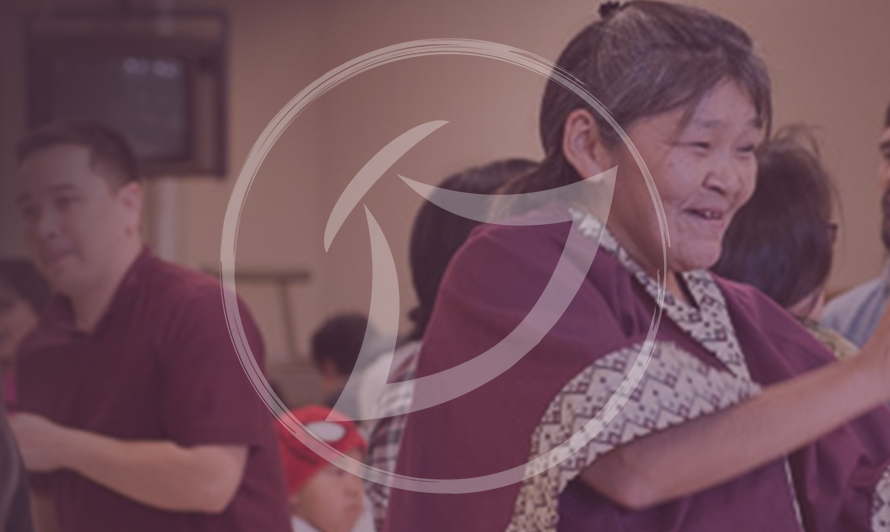Sacred Smoke Program
The Sacred Smoke Program focused on sharing information about both modern nicotine replacement therapies and Anishinaabe traditions, medicines and cultural resources. This allowed people to adopt commercial tobacco use practices that respect traditions while still promoting a healthy perspective.
The program was open to smokers, non-smokers and their families and partners. It allowed participants to share both their struggles and their successes, providing a range of perspectives from across the quit smoking journey. This initiative showcased both the excellent work happening at the community level to address commercial tobacco use and the strong partnership with the Indigenous Tobacco Program. The program ran in 2 communities: Batchewana First Nation and Garden River First Nation.

Advanced course in 2017.
In Batchewana First Nation, it ran weekly for one month. In this community, Cynthia McCutcheon from Maamwesying, North Shore Community Health Services was mentored by Lisa Beedie, Tobacco-Wise Lead, Ontario Health. Lisa shared information about adapting smoking cessation and prevention programs to First Nations communities and communicating alternative methods within a cultural context.
In Garden River First Nation, it ran monthly for 6 months to prepare participants for the Smokers’ Helpline First Week Challenge.
Highlights:
-
Elders taught the making and use of kinikinik (traditional tobacco) and taught traditional methods of smoking cessation like tobacco offerings, quitting on a new moon and picking traditional medicines.
-
Provided alternative distraction techniques such as exercise, crafts, drumming and cultural ceremonies.



